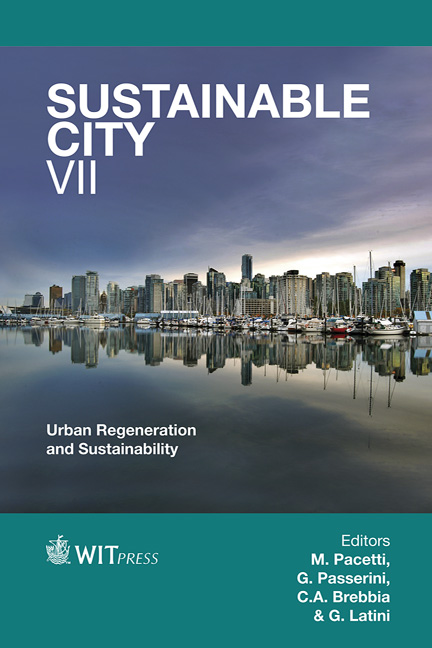Traffic Assignment Models In Road Evacuation
Price
Free (open access)
Transaction
Volume
155
Pages
11
Page Range
1041 - 1051
Published
2012
Size
371 kb
Paper DOI
10.2495/SC120872
Copyright
WIT Press
Author(s)
M. Luisa De Maio, G. Musolino & A. Vitetta
Abstract
In this paper a traffic assignment model is specified in road emergency conditions. The proposed model takes into account two classes of users: some users in emergency conditions repeat the same choice made in ordinary conditions, some others make a different choice. The basic concept for the proposed model is derived from day-to-day models. The path choice model, which is inside the traffic assignment model, has to take into account three types of information which influence users’ choices: historical information related to network experience in ordinary conditions, real time information related to the current emergency situation, and users’ forecasting of the network evolution based on current experience. A non-equilibrium dynamic model is adopted in order to simulate path flows on the network. A review of static and dynamic traffic assignment models in emergency conditions is reported. Keywords: traffic assignment, dynamic traffic assignment, dynamic equilibrium, day-to-day models, non-equilibrium models. 1 Introduction A traffic assignment (TA) model simulates how travel demand and transport networks interact in transportation systems. These models allow the calculation of performances (costs) and vehicular flows on each element (link) of the transport network, resulting from origin–destination demand flows, users’ path choice behaviour and link costs. TA models may be classified according to different criteria. The first one concerns the dependence of link cost variables on vehicular flows. Fixed costs or uncongested networks result in non-equilibrium traffic assignment models. Variable costs or congested networks lead to equilibrium traffic assignment
Keywords
traffic assignment, dynamic traffic assignment, dynamic equilibrium, day-to-day models, non-equilibrium models.





